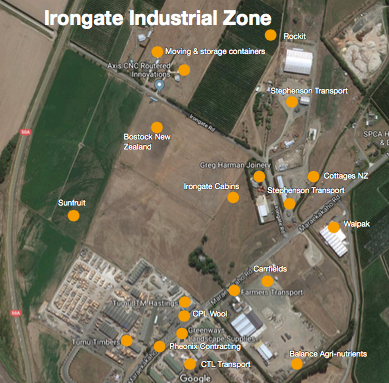August and September saw several new pieces of legislation come into force. Two of these include:
1. The National Policy Statement on Urban Development 2020
2. The National Policy Statement for Freshwater Management 2020
The National Policy Statement on Urban Development 2020 came into effect on 20 August 2020. It replaced the National Policy Statement on Urban Development Capacity 2016.
The NPS-UD 2020 recognises the national significance of having well-functioning urban environments now and into the future and providing sufficient development capacity to meet the different needs of people and communities.
It requires Councils to plan for growth and ensure a well-functioning urban environment for all people, communities and future generations by:
- Ensuring urban development occurs in a way that takes into account the principles of the Treaty of Waitangi (te Tiriti o Waitangi)
- Ensuring that Plans make room for growth both ‘up’ and ‘out’, and that rules are not unnecessarily constraining growth
- Developing, monitoring and maintaining an evidence base about demand, supply and prices for housing and land to inform planning decisions
- Aligning and coordinating planning across urban areas.
Key points include:
- Policies pertaining to intensification seek to improve land-use flexibility in the areas of highest demand – areas with good access to the things people want and need, such as jobs and community services, and good public transport services.
- Minimum parking rates in District Plans are to be removed as a means to improve landuse flexibility in urban environments.
- Removing minimum parking rates in District Plans is anticipated to allow more housing and commercial developments, particularly in higher density areas where people do not necessarily need a car to access jobs, services or amenities. Urban space can then be used for higher value purposes than car parking. Some degree of car parking will still be required however – certainly for accessible car parking, but the intent is for the number of car parks to be driven by market demand.
- Although minimum rates may be removed from District Plans, car parking is still likely to be a major consideration for any resource consent process, and it may be that losing this sort of guidance (or ‘acceptable solution’) from District Plans will have unintended consequences on streamlining the process. Have we just leapt to the other end of the spectrum?
The National Policy Statement for Freshwater Management 2020 came into force on 3 September. It succeeds the 2014 and 2017 versions and provides local authorities updated direction on how they should manage freshwater under the Resource Management Act 1991.
Managing freshwater in a way that ‘gives effect’ to Te Mana o te Wai is the central principle. This is all about:
- Involving tangata whenua
- Working with tangata whenua and communities to set out long-term visions
- Prioritising the health and wellbeing of water bodies, then the essential needs of people, followed by other uses.
Core objectives are to improve degraded water bodies and maintain or improve all others using bottom lines defined in the NPS. Key points include:
- Threatened species and mahinga kai join ecosystem health and human health for recreation, as compulsory values
- Councils must develop plan objectives that describe the environmental outcome sought for all values
- Councils will have to develop action plans and/or set limits on resource use to achieve specific attributes.
- There are tougher national bottom lines for the ammonia and nitrate toxicity attributes
With the Plan Change 9 (TANK) being notified just prior to this new version of the NPS, it is unclear as to how and when the new NPS will be implemented, or how it may affect the TANK process. Whatever the case, it is sure to have a significant influence on future planning processes and the way everyone manages land and freshwater.
It seems change in this sector is coming at a rate where policy approaches are almost immediately redundant upon development, and that initiatives are continuously needing to change before substantial progress is even made.



